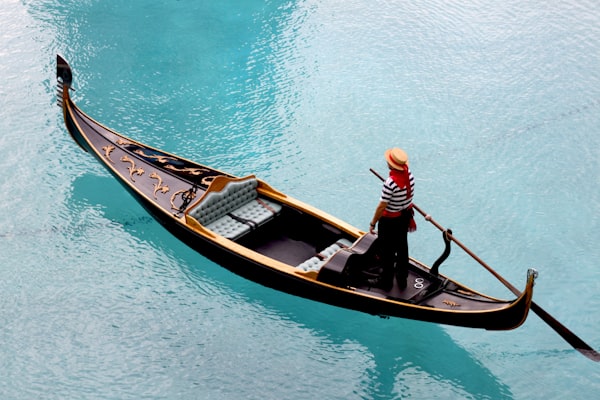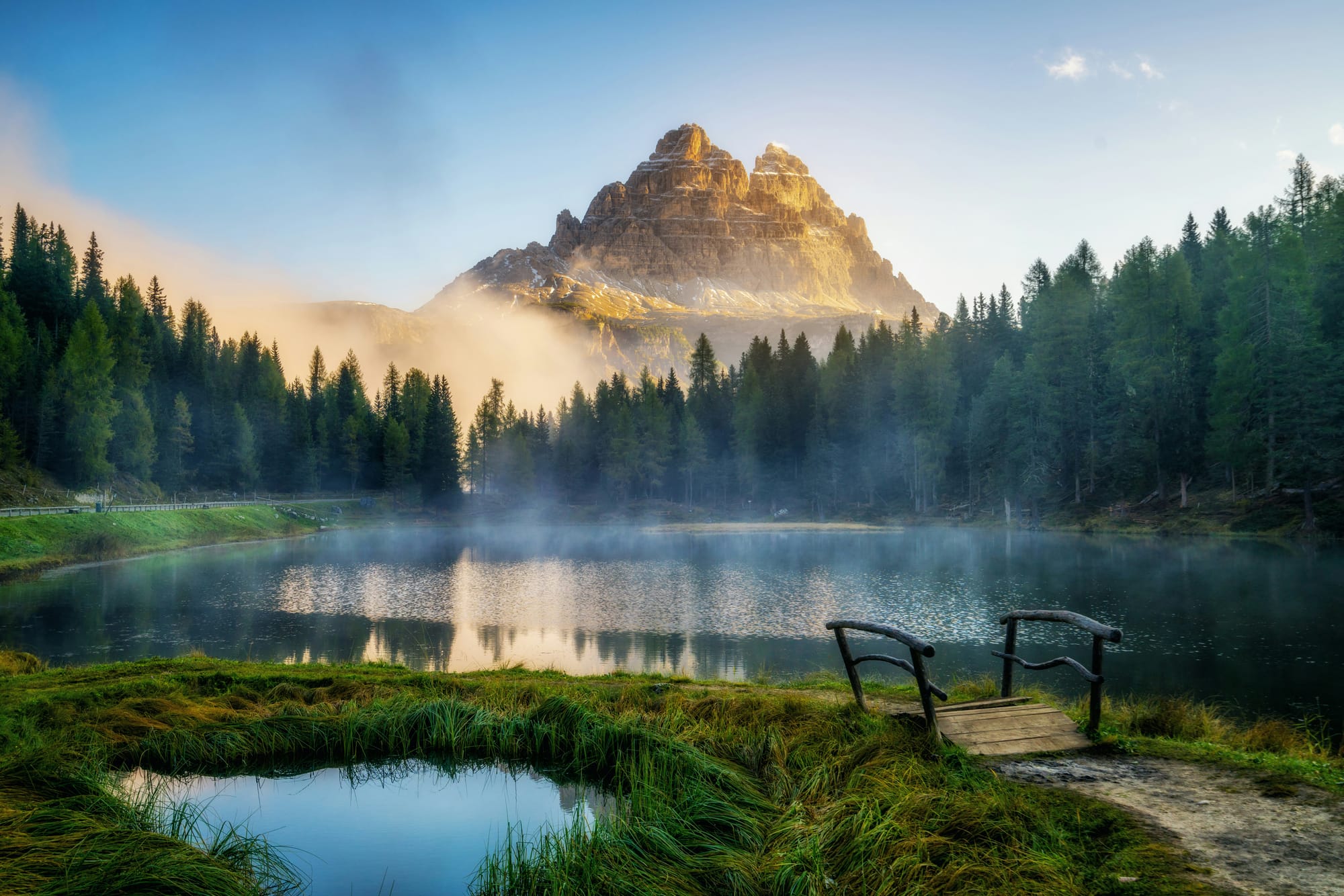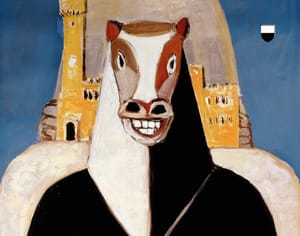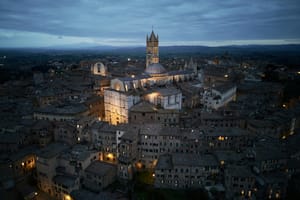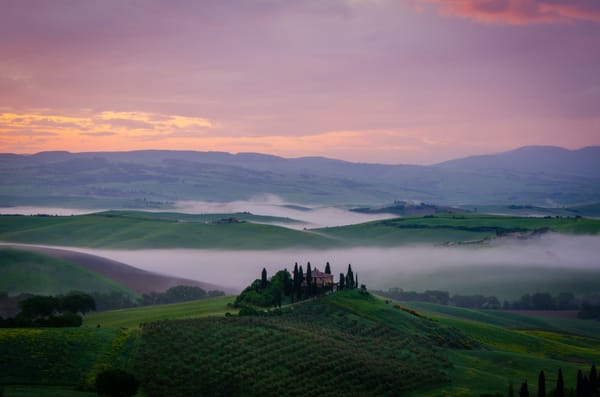At the crossroads of Italian elegance and Germanic precision, where jagged peaks blush pink in the dawn light, lie the Dolomites. This is not merely a mountain range; it is a masterpiece of natural architecture, a sanctuary for the soul, and a living museum of history and culture. Recognized as a UNESCO World Heritage site for their breathtaking beauty and unique geological significance, the Dolomites offer a vision of Italy that transcends the familiar narratives of ancient ruins and Renaissance art. They are a realm of sheer cliffs, serene alpine lakes, and meadows embroidered with wildflowers, where the air is crisp and the silence is profound.
This guide is conceived for the meticulous planner who wishes to craft an itinerary that balances iconic spectacles with the quiet joy of discovery. Here, we delve into the heart of the "Pale Mountains," exploring not just what to see and do, but the very essence of why this corner of Italy captivates all who wander its trails.
Why visit the Dolomites? The allure of the pale mountains
What sets the Dolomites apart from other majestic ranges like the Alps or the Rockies? The answer lies in a unique combination of geology, culture, and year-round appeal.
A UNESCO World Heritage masterpiece
The Dolomites' most defining feature is their very substance. Composed of a carbonate rock called 'dolomite,' these mountains were once part of a shallow tropical sea floor some 250 million years ago. The fossilized coral atolls were thrust skyward by the collision of the African and European tectonic plates. This unique geology is responsible for the dramatic, vertical formations—the sheer walls, pinnacles, and towers—and the iconic pale color that gives them their nickname, Monti Pallidi (Pale Mountains).
At sunrise and sunset, they perform their most famous spectacle: the Enrosadira. The rock catches the alpine light, igniting in a fiery spectrum of pink, orange, and violet hues. This phenomenon alone is a reason to visit. UNESCO protected this region not just for its beauty, but as the world's premier example of this type of limestone mountain formation.
To fully appreciate the diversity of the Dolomites, it is important to understand the nine official UNESCO systems. → Our guide explores each mountain area in depth and is a great way to find out more.
A crossroads of cultures
The Dolomites are a fascinating cultural mosaic, a place where geographical and political borders have shifted over centuries, leaving behind a rich and complex identity. This is not a homogenous region, but a collection of valleys where Italian, Germanic, and ancient Ladin influences intertwine, creating a cultural landscape as dramatic and varied as the peaks themselves. This history is etched into the very fabric of daily life—in the languages spoken, the food served, the architecture of the villages, and the stories told.
- The Enduring Ladin Soul: Before the Romans, before Austria or Italy, the Ladin people inhabited these valleys. Descendants of an ancient population who blended with Roman settlers, they have fiercely protected their unique Raeto-Romanic language and traditions for over two thousand years. This is not just a historical footnote; Ladin is a living language spoken daily in valleys like Val Gardena and Alta Badia. Their culture is rich with mythology, including the beautiful legend of King Laurin, the dwarf king whose rose garden is said to be the source of the Enrosadira. Exploring Ladin culture means discovering intricate woodcarvings, unique culinary traditions, and a profound, centuries-old connection to the mountains that define their world.
- The Austro-Tyrolean Legacy: For much of its history, a large part of this region, now known as South Tyrol (Alto Adige), was part of the County of Tyrol under the Austro-Hungarian Empire. This legacy is unmistakable. It’s visible in the pristine, orderly villages with their charming chalets adorned with overflowing flower boxes. It’s audible in the crisp German spoken by locals and reflected in the bilingual street signs. It’s felt in the blend of Austrian efficiency and Italian flair. This heritage provides a fascinating counterpoint to the more familiar Mediterranean Italy, offering a different but equally authentic vision of the country.
- The Echoes of the Great War: The Dolomites' beauty belies a tragic past. During World War I, these peaks became the high-altitude front line between Italian and Austro-Hungarian forces. The "White War" was a brutal conflict fought in treacherous conditions, with soldiers tunneling through rock and ice, battling not only each other but also the unforgiving mountain environment. Today, the landscape is a poignant open-air museum. The tunnels, trenches, and fortifications are still visible, especially around areas like Monte Lagazuoi and the Marmolada. The famous vie ferrate ("iron paths")—cabled routes that allow hikers to traverse steep rock faces—were originally built by troops to move supplies and personnel. To hike here is to walk in the footsteps of history, adding a layer of profound reflection to the physical journey.
A year-round paradise for the active traveler
The Dolomites are not a destination confined to a single season.
- Summer (June-September): This is the prime season for hiking, with an almost infinite network of trails (sentieri). From gentle walks across the vast Alpe di Siusi meadow to demanding vie ferrate (iron paths) that trace World War I supply routes, there is an adventure for every level of fitness. Rock climbing, cycling, and paragliding are also world-class.
- Winter (December-March): The region transforms into a premier ski destination. The Dolomiti Superski pass is a single card that grants access to 12 ski areas and 1,200 kilometers of pistes, all interconnected against a backdrop of stunning scenery. Snowshoeing and cross-country skiing offer quieter ways to experience the winter wonderland.
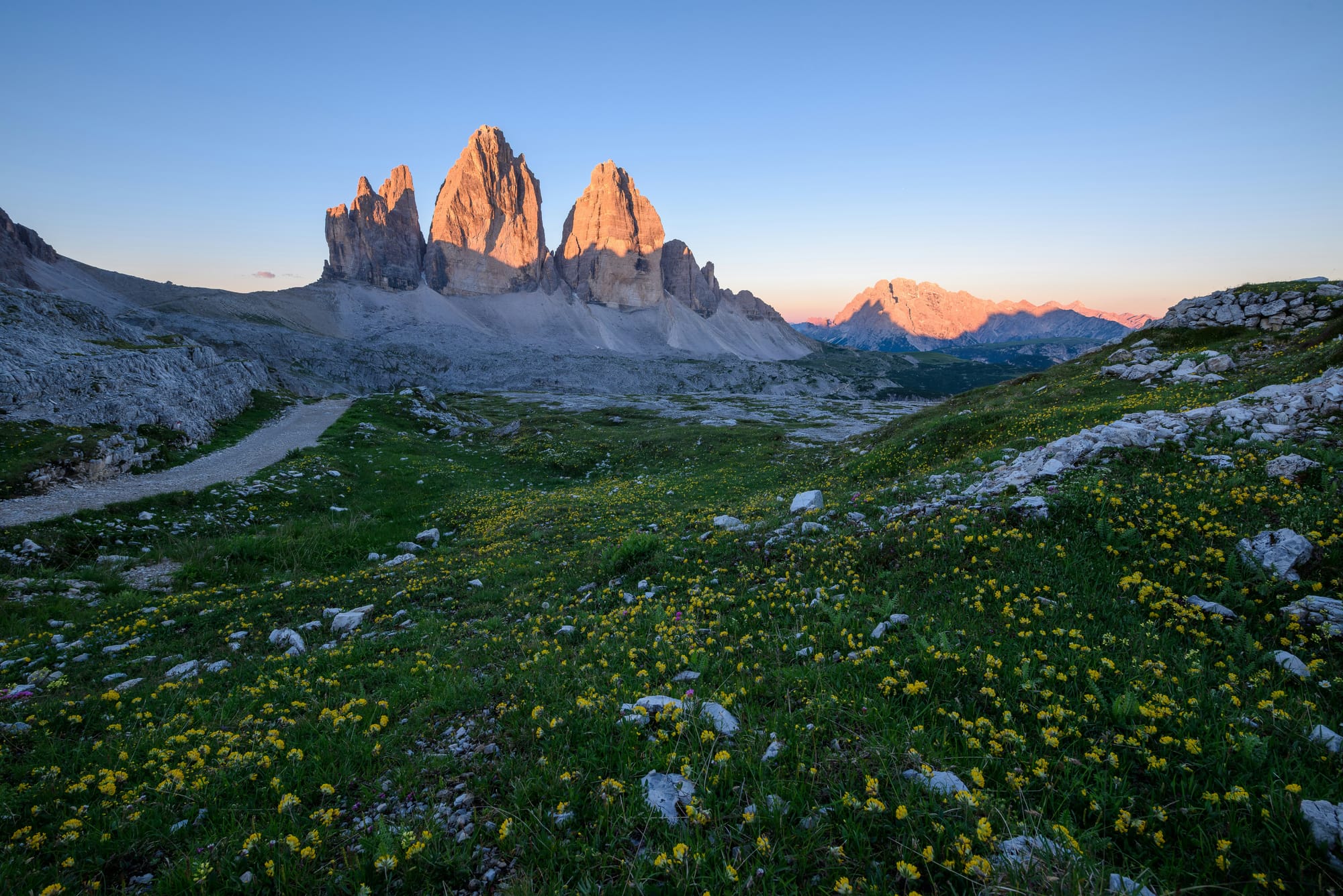
The unmissable icons: the Dolomites' crown jewels
There are places on Earth so monumental they seem to be a part of our collective consciousness, even before a first visit. The icons of the Dolomites are such places. They are not merely famous; they are geological titans that have shaped the history of alpinism, served as muses for generations of artists, and become the very definition of mountain beauty. Their sheer, dramatic presence has challenged climbers and captivated dreamers for centuries. To witness them in person is to understand why these specific formations have been elevated to legendary status. Although we often seek out less-traveled paths, ignoring these gems would mean missing the essence of the Dolomites' majestic power: the grandiose, spectacular landmarks that characterize the entire mountain range. These landmarks are the essential prologue to any deeper exploration.
Tre Cime di Lavaredo (Drei Zinnen)
The three towering, tooth-like peaks are the ultimate symbol of the Dolomites. Instantly recognizable, they are a magnet for hikers and photographers. The most popular trail is the 10 km loop starting from Rifugio Auronzo, which offers spectacular, ever-changing views of the peaks. For a quintessential experience, aim for a sunrise or sunset hike to witness the Enrosadira on these stone giants.
Lago di Braies (Pragser Wildsee)
This emerald-green lake, nestled beneath the towering Croda del Becco, is a vision of alpine perfection. Its fame has grown exponentially with social media, so a savvy approach is required. To avoid the crowds, visit very early in the morning or late in the afternoon. Renting a classic wooden rowboat offers a timeless way to experience the tranquility of the lake from a different perspective.
Seceda Ridgeline
The jagged, grassy ridgeline of Seceda in Val Gardena offers one of the most dramatic panoramas in the entire region. Reached via the Ortisei-Furnes-Seceda cable car, the viewpoint unfolds immediately, revealing the spear-like Fermeda Towers and a sweeping view across to the Alpe di Siusi and the Sella Group. A short hike along the ridge from the cable car station is a must-do for any visitor.
Alpe di Siusi (Seiser Alm)
The largest high-altitude alpine meadow in Europe is a stark contrast to the jagged peaks that surround it. This vast, rolling expanse is dotted with rustic wooden huts and is accessible via cable car from Siusi or Ortisei. It’s a paradise for gentle hiking, mountain biking, and in winter, for cross-country skiing. The views of the Sassolungo and Sciliar massifs from here are simply sublime.
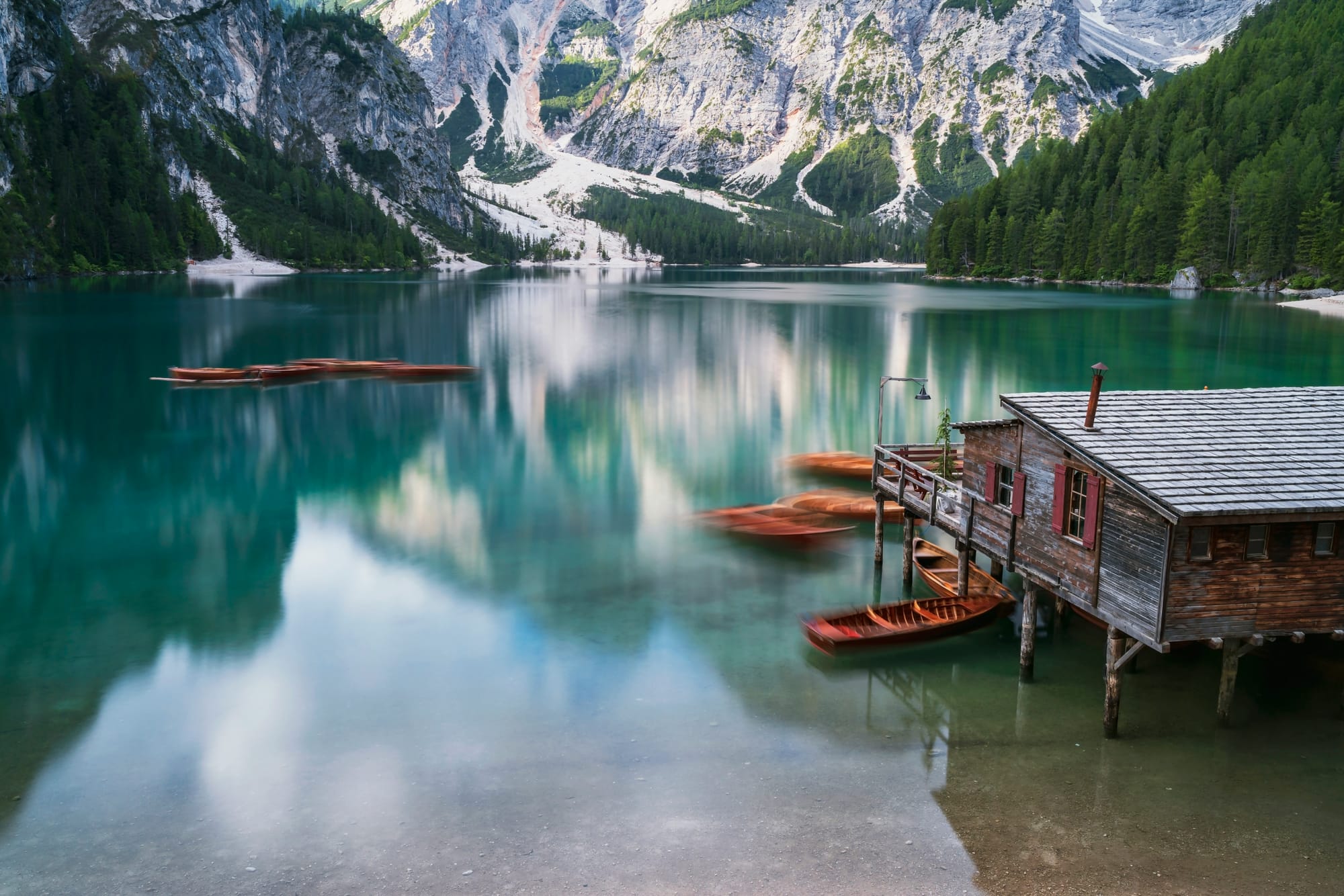
Hidden gems: the Dolomites off-the-beaten path
Beyond the celebrated icons and bustling hubs lies the quiet soul of the Dolomites. This is the region as it is lived and breathed by its inhabitants, a world found on the winding roads that lead to forgotten valleys and on the silent trails that reward effort with solitude. For the traveler who measures a journey in moments of connection rather than a checklist of sights, this is where the true discovery begins. Escaping the well-trodden paths is not about avoiding beauty, but about finding a more personal, intimate version of it. It’s about stumbling upon a centuries-old chapel, sharing a trail with only the sound of your own footsteps, and witnessing a sunset that feels like it was performed just for you. These hidden treasures offer a deeper narrative, a chance to experience the Dolomites not as a spectacle, but as a sanctuary.
Val di Funes (Villnösstal)
While the image of the little church of St. Johann in Ranui set against the Odle/Geisler peaks is famous, the valley itself remains surprisingly tranquil. This is a place for slow travel. Hike the Adolf Munkel Trail at the foot of the magnificent Odle peaks, visit the postcard-perfect village of Santa Maddalena, and enjoy the valley’s commitment to sustainable tourism.
Lago di Federa and Croda da Lago
While everyone flocks to Braies, the hike to Lago di Federa offers a more rewarding and less crowded experience. This stunning small lake sits in a basin beneath the jagged Croda da Lago massif. The reflection of the larches and the mountain in the water is breathtaking, especially in autumn when the trees turn a brilliant gold. The nearby Rifugio Croda da Lago is one of the most picturesque in the Dolomites.
The Sottoguda Gorge and Marmolada Glacier
The Serrai di Sottoguda is a deep, narrow canyon carved by the Pettorina stream. A walk through this natural marvel, with its waterfalls and sheer rock faces, feels like stepping into a fantasy novel. In winter, the frozen waterfalls become a world-renowned ice-climbing gym. The gorge lies at the foot of the Marmolada, the "Queen of the Dolomites," which at 3.343 meters is the highest peak and home to its largest glacier—a stark and beautiful reminder of the power of nature.
Val Fiscalina (Fischleintal)
Near Sesto, this small, pristine valley is often described as the most beautiful in the Dolomites. A gentle walk from the valley floor offers an almost impossibly grand view of the Sesto Dolomites, particularly the Cima Uno (Einserkofel). It’s an easy-access entry point to the Tre Cime Nature Park without the overwhelming crowds of the main access road.
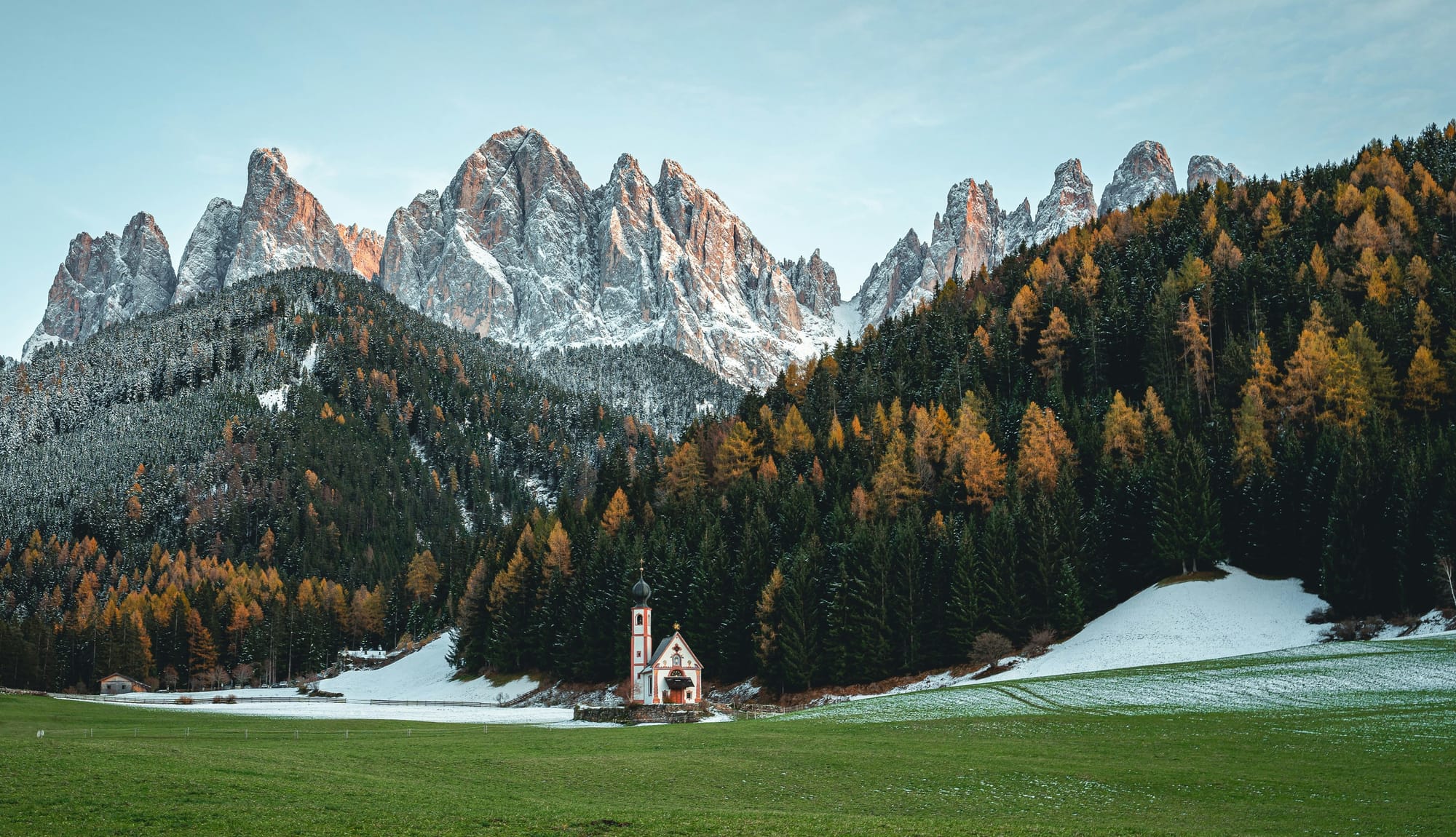
The authentic Dolomites table: a gastronomic journey
The cuisine of the Dolomites is a delicious reflection of its history—hearty, flavorful, and deeply satisfying. It’s a true mountain cuisine, blending Italian ingredients with Tyrolean traditions.
A meal in a mountain hut (rifugio) or a traditional farmhouse inn (maso) is an essential experience. Expect menus rich with local, seasonal ingredients.
- Primi (First Courses): Look for canederli (bread dumplings flavored with speck or cheese, served in broth or with melted butter), spätzle (small spinach gnocchi with cream and speck), and schlutzkrapfen (ravioli-like pockets filled with spinach and ricotta).
- Secondi (Main Courses): Polenta is a staple, often served with melted cheese and mushrooms (funghi) or with a hearty venison or beef goulash. The star of the region is undoubtedly Speck Alto Adige IGP, a dry-cured, lightly smoked ham whose flavor is a protected designation.
- Cheeses and Desserts: The alpine pastures produce incredible cheeses. Ask for local varieties like Puzzone di Moena or Toblacher Stangenkäse. For dessert, nothing beats a warm slice of apple strudel or kaiserschmarrn, a fluffy shredded pancake served with fruit compote.
- Wines: The valleys of South Tyrol produce some of Italy’s finest white wines, such as Gewürztraminer, Pinot Bianco, and Kerner. For reds, the indigenous Lagrein and Schiava are excellent.

Practical guide for the curious traveler
Planning a trip to a region as vast as the Dolomites requires some preparation.
When to go
- Summer (June - September): Ideal for hiking. July and August are the busiest months. June and September offer fewer crowds and spectacular conditions, with wildflowers blooming in early summer and foliage turning in autumn.
- Autumn (Late September - October): A magical time for photographers as the larch trees turn golden. Many huts and cable cars start closing, so check schedules in advance.
- Winter (December - March): The season for skiing and snow sports. The Christmas markets in towns like Bolzano, Merano, and Brunico are charming.
How to get to the Dolomites
The most convenient international airports are Venice (VCE), Verona (VRN), and Innsbruck (INN) in Austria. From these airports, renting a car is the most flexible option for exploring the region.
Getting around
- By Car: A car offers the most freedom to explore remote valleys and reach trailheads. Be prepared for narrow, winding mountain passes (passi). Driving these roads is an experience in itself, but requires confidence.
- Public Transport: A surprisingly efficient network of buses (SAD) connects the main valleys and towns. It requires more planning but is a viable and sustainable way to travel. Many regions offer guest passes that include free public transport.
Where to stay in the Dolomites
The choice of base depends on your interests.
- Val Gardena (Ortisei, Santa Cristina, Selva): Best for direct access to iconic hikes (Seceda, Alpe di Siusi) and a central location. Excellent for both summer and winter.
- Alta Badia (Corvara, Colfosco, San Cassiano): Known as the gastronomic heartland of the Dolomites, with several Michelin-starred restaurants. A sophisticated and scenic base.
- Cortina d'Ampezzo: The most glamorous and bustling town, with high-end shopping and a vibrant atmosphere. Offers access to stunning areas like Tre Cime and Croda da Lago.
- Alta Pusteria (Sesto, San Candido): A great base for exploring the Tre Cime di Lavaredo and the northern Dolomites.
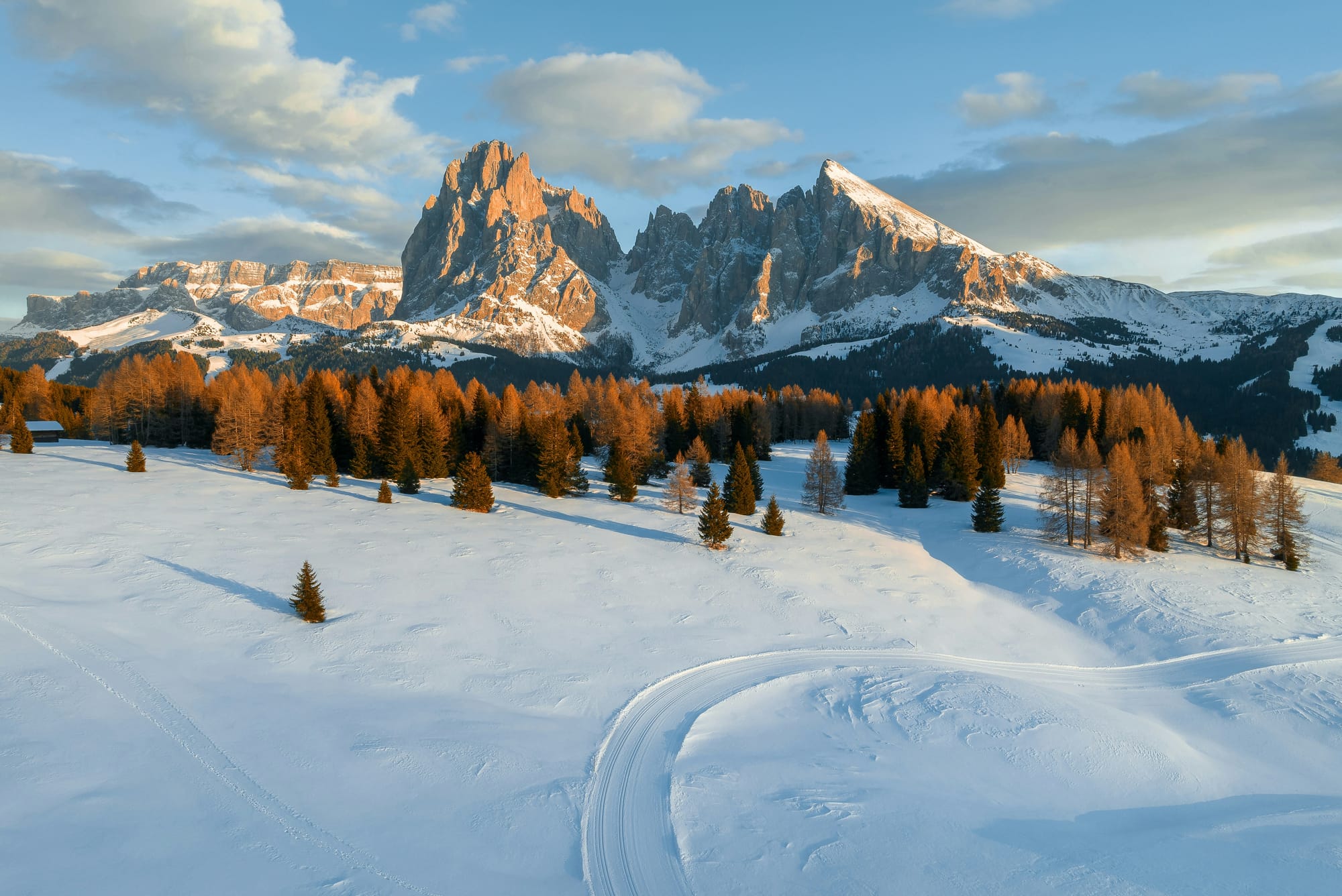
Frequently Asked Questions (FAQ) for the Dolomites
How many days are enough for the Dolomites?
- A minimum of 4-5 days is recommended to see a few key highlights. However, to truly explore a couple of different valleys and enjoy some hiking without rushing, 7-10 days is ideal.
Is it necessary to rent a car?
- While not strictly necessary thanks to the bus system, a car is highly recommended for flexibility, especially if you want to reach trailheads early, chase the light for photography, or explore off-the-beaten-path locations.
What language is spoken in the Dolomites?
- The region is multilingual. In South Tyrol (Südtirol), German is the predominant language, followed by Italian. In the provinces of Trentino and Belluno, Italian is the main language. In valleys like Val Gardena and Alta Badia, Ladin is also an official language. English is widely understood in tourist areas.
Are the Dolomites difficult to hike?
- There is a trail for everyone. Trails are well-marked and graded. From flat valley walks and strolls on the Alpe di Siusi to challenging high-altitude treks and technical vie ferrate, you can easily find hikes that match your fitness and comfort level.
What is a rifugio?
- A rifugio is a high-altitude mountain hut offering food and lodging. Staying overnight in a rifugio is a classic Dolomites experience, allowing you to witness sunset and sunrise in the high mountains. They range from basic shelters to comfortable inns, but booking far in advance is essential.
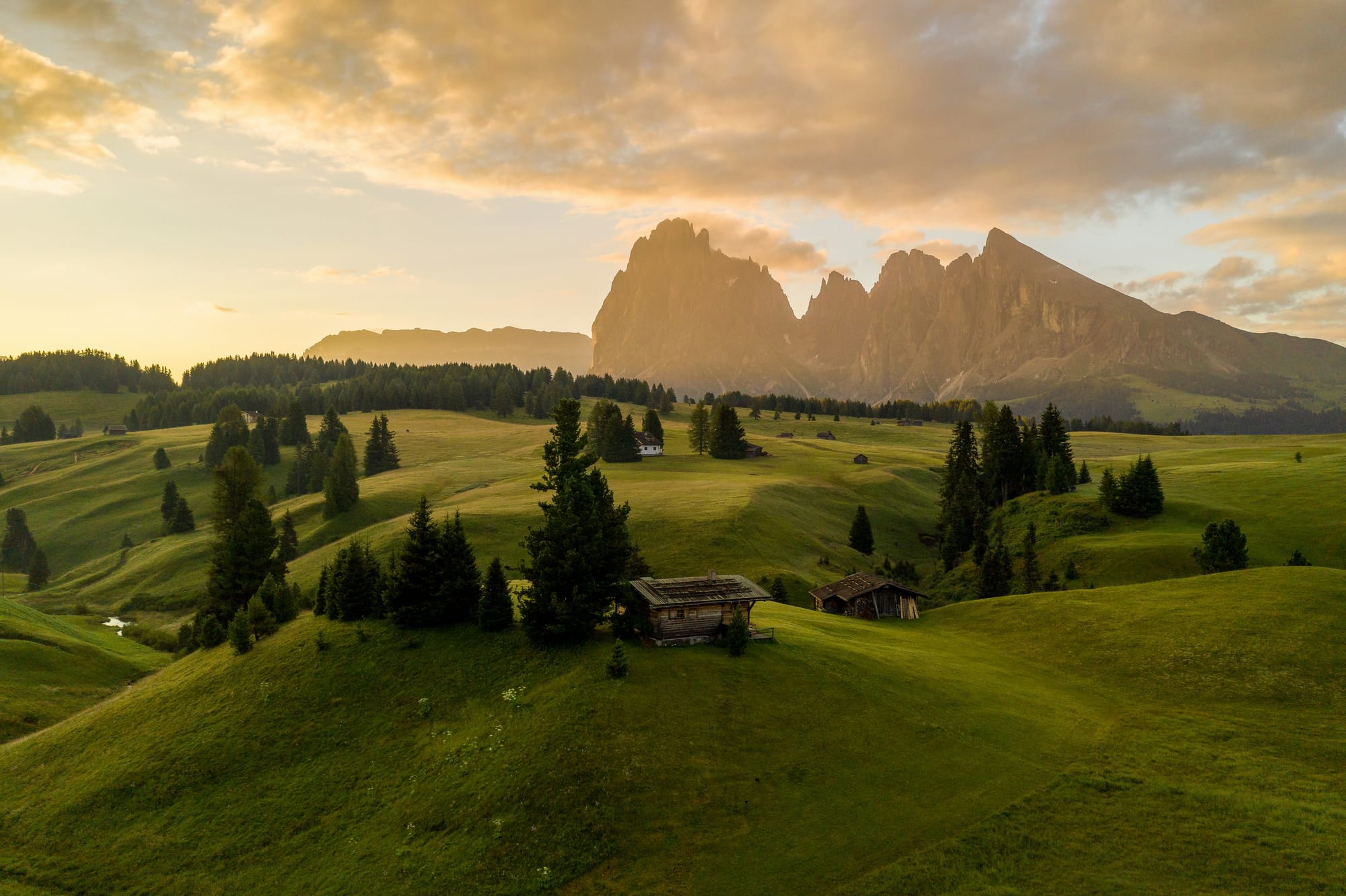
To travel to the Dolomites is to answer a call from a primal and powerful landscape. It is more than a destination to be seen; it is an environment to be felt, an experience that recalibrates the senses and quiets the mind. The memory of the journey will not just be of the Enrosadira painting the peaks in impossible colors, but of the profound silence on a high mountain pass, broken only by the wind. It will be the taste of a hearty meal earned after a long day's hike and the humbling realization of one's own smallness against the backdrop of geological time.
Here, in the presence of these pale giants, the daily noise of the world fades into insignificance. The complex tapestry of Ladin, Italian, and Tyrolean cultures enriches the journey, reminding us that landscapes are shaped by history as much as by geology. The Dolomites challenge the body, inspire the mind, and ultimately, offer a space for reflection. One does not simply leave this place with photographs, but with a renewed sense of perspective and a deeper connection to the raw, untamed beauty that still exists in the world. This is their enduring magic and their timeless invitation.
To learn more about italian regions → Read this guide, which contains all the information you need to discover the Bel Paese.
If you're planning a trip that combines the beauty of the Dolomites with the cultural richness of Venice, start here below with our extensive coverage of the Serenissima.
